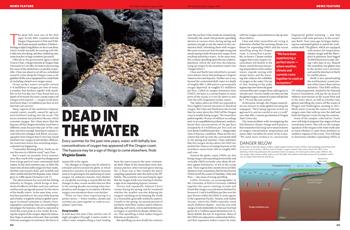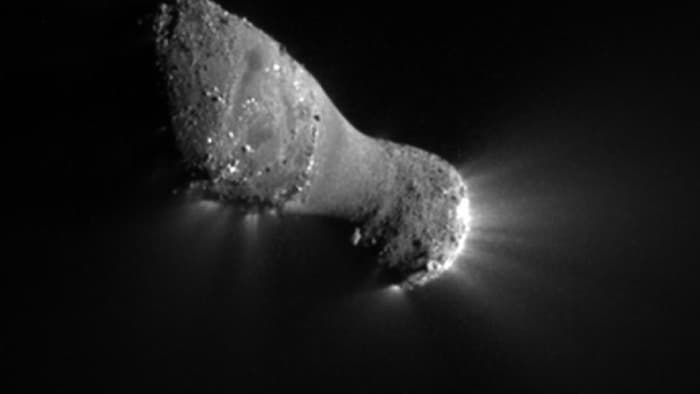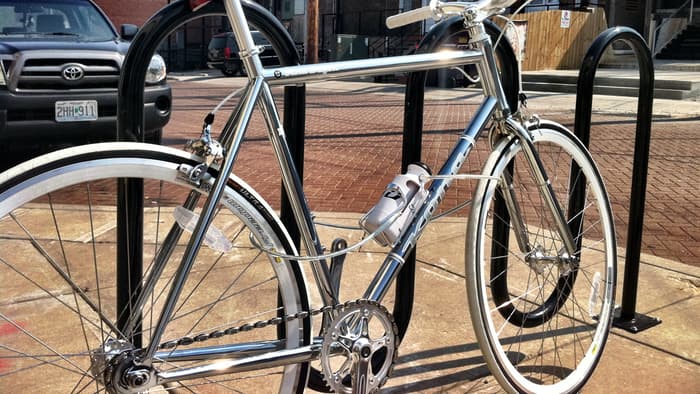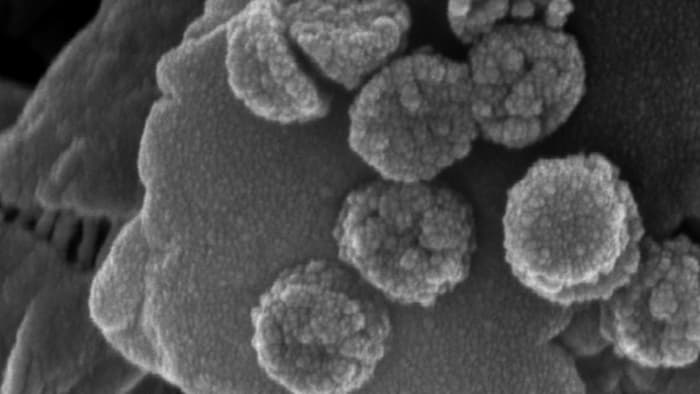Much scientific effort goes into shoring up both our energy and water supplies for the future, but what if both problems could be addressed by the same technology? Researchers at the University of Illinois have come up with a new battery design that not only relies on salt water to store and release electricity, but removes the salt ions from the water in the process.

Illinois mechanical science and engineers found they could desalinate salt water more efficiently than traditional methods relying on reverse osmosis.
Lithium-ion batteries have served us well when it comes to smartphones and laptops, but their suitability in large-scale energy storage leaves much to be desired. The relative scarcity of lithium has led scientists toward more abundant alternatives, one of which is the sodium that makes up more than 2.6 percent of the Earth’s crust. Read more











